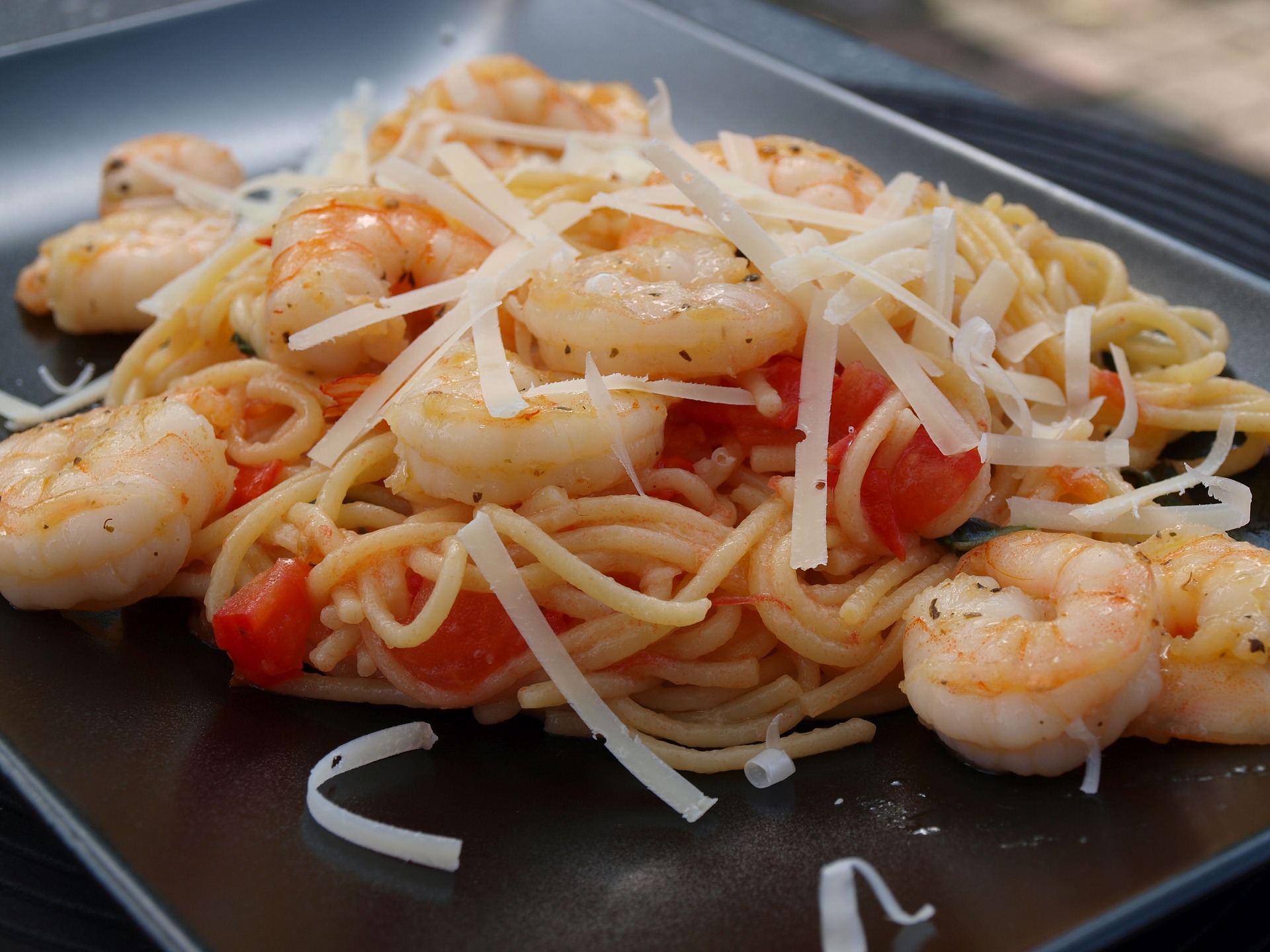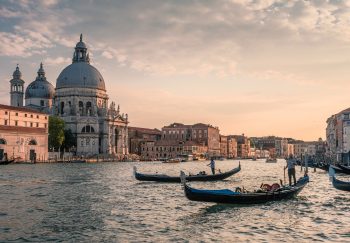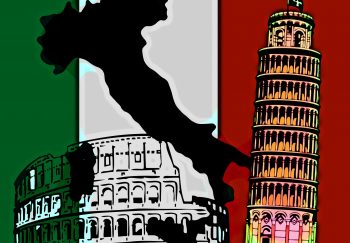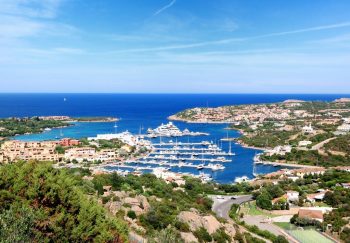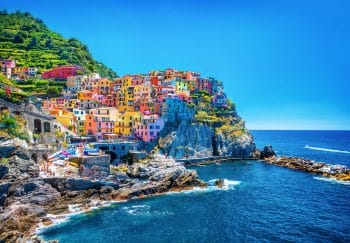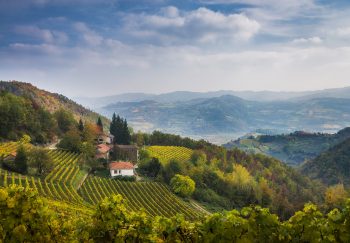You will most likely eat fish if you plan on visiting Italy’s coastal areas. You should. Nothing is better than enjoying fresh seafood, and overlooking the sparkling Mediterranean waters.
There is nothing better. You can enjoy fresh seafood while looking out at the ocean. And you know that the fish isn’t harming the environment. Or that your tasty meal is helping to ensure that the fish will be gone in a few years.
You may not have thought of the issues with eating fish. After all, the ocean is huge! Now is the right time. Over the last 30 years, the world’s fish consumption has more than doubled. The industrialization of fishing has made it more efficient. Fishing boats use sonar, satellites, and aircraft to find fish and then cast nets that stretch miles. Result 80 percent of the world’s major fish species are at risk
Pirate fishing is another problem that is especially prevalent in Italy. This is an illegal fishery. Unlicensed boats use unlicensed fishing to catch fish fast. They also overfish to avoid environmental regulations.
Unfortunately, fishermen from the Amalfi Coast (and other parts of Italy) don’t always observe fishing laws.
Locals and tourists often buy fish using these methods. For example, since 1988 it has been illegal to fish “date mussels” or datteri di mare. These mussels can take up to 80 years to mature and fishing them will also cause damage to the coastline. They are still being fished and sold. Where are they fished and where they are most commonly served in restaurants? The Sorrentine Peninsula… The Amalfi coast. The illegal fishing nets 2 million euros per year to the Sorrentine peninsula.
This isn’t just about fish disappearing. It is also disrupting the equilibrium of the ocean. Consider jellyfish as an example. This is the “Slow Fish” website (an offshoot from the “Slow Food”) has highlighted. Have you noticed how jellyfish have become an issue for swimmers and beach-goers around the globe? These images show thousands of jellyfish found in the Cinque Terre. The jellyfish’s predators, such as bluefin tuna and sea turtles, are disappearing and it’s getting worse. The result: Jellyfish populations have increased dramatically.
These are huge problems.
One way to help is to simply pay more attention to the fish you eat in Italy and everywhere else. ).
Yes. This means there are certain fish that you shouldn’t eat. There is no single list that will cover all the fish you should avoid, as so much research must be done to determine which species are most at risk.
This handy list will help you find the best, freshest and most sustainable Mediterranean fish. We also have the translations for Italian! It’s easy to print, keep in your pocket, and bring it along with you on your trip to Italy. You will be a great help to the fish!
The Mediterrean’s fish to avoid include salmon, red tuna (tonnarosso), grouper (cernia), grouper [cernia], hake [nasello], skate (razza], tropical farmed shrimps (gamberi tropicali allevati), swordfish (“pesce spada”), date mussels (datteri d mare) and whitebait (“bianchetti”).
However, you can still enjoy fish. Anchovies (acciughe, alice), gray mussels (cefalo), shrimp (gamberetto), cod (merluzzetto), shellfish (ostriche), bonito [sarda or palmita], sea cicadas [pannocchia ou cancchia], pollack (pollack], turbot (rombo-chidato], mackerel (“sgombro”), horse mackerel (“sugarello) and squido (calamaro and totano (calamaro and totano (calamaro and totano or totano)
This allows you to order fish that is adult, local, or in season. What does it mean to be “in season?” What does “in season” mean? Here’s a quick guide on what fish you should eat in the Mediterrean , courtesy of Slow Fish. It also includes Italian translations that will help you when looking at a menu.
Spring: Horse mackerel (sugarello), mackerel (scombro), tub gurnard (mazzole, capone gallinella, or gallinella), sea bass (spigola or branzino), white sea bream (sarago), leerfish (cerviola, cagnola, leccia or ricciola), bonito (sarda or palamita), sea bream (occhialone or pagello)
Summer:Horse Mackerel (sugarello), sole, sogliola), gilthead Sea Bream (orata), greater Amberjack/yellow Tail (acciola, alice grande), and sea bass (spigola, branzino or gallinella), tub gurnards (mazzole), capone gallinella or gallinella), white Sea Bream (sarago), sardines, anchovies, (acciughe), and anchoviesardine),
Fall: Albacore/longfin tuna (albacora), sea bass (spigola or branzino), mullet (triglia or muggine), turbot (rombo chiodato), tub gurnard (mazzole, capone gallinella, or gallinella), dolphin-fish (lampuga)
Winter:Mullet
All year:Gray and striped seabreams (mormora) and saddled breams (occhiatta), respectively
Learn more about the challenges facing fish around the world and how you can help. This list contains all the top guides to where to eat fish in the U.S., Canada and Europe. The Monterey Bay Aquarium Seafood Watch has a great pocket guide to sustainable seafood for your area. Both Good Fish Bad Fish as well as Slow Fish provide great information about the problem and what you can do.
